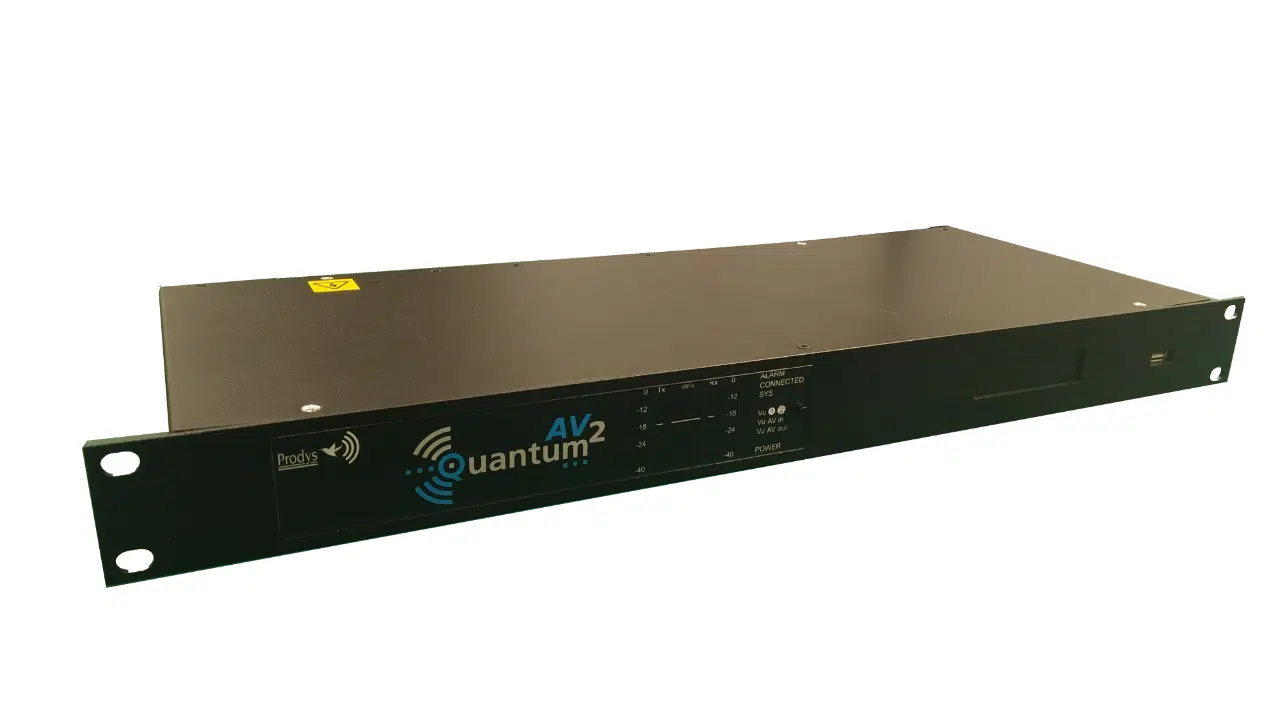
BUDAPEST — FM broadcasting in Hungary debuted in 1957, but the country’s contemporary nationwide FM network dates back to only 1997. Until that year, the nation transmitted all of its nationwide FM programs in the OIRT Band (66–73 MHz).
Until Jan. 1, 1990, Magyar Posta was the exclusive broadcasting service provider in Hungary. As a Magyar Posta spin-off, Magyar Műsorszóró Vállalat (Hungarian Broadcasting Company) was established in 1990, and then, Antenna Hungária Magyar Műsorszóró és Rádióhírközlési Részvénytársaság started its activities in 1992 as a global telecommunication player in the Hungarian market.
Its main areas of activity are national terrestrial television and radio broadcasting and distribution, as well as satellite broadcasting and distribution. Later on, foreign companies joined the original shareholders, but in 2014, Nemzeti Infokommunikációs Szolgáltató Zrt., owned by the Hungarian State, repurchased 100% of Antenna Hungária Zrt. from the French TDF Group.
The Transition

Today, Antenna Hungária operates in the broadcasting and telecommunication industries, and also offers services in the area of event organization and management. Antenna Hungária is a network provider for the public service broadcaster and for commercial broadcasters, as well.
“We operate transmitters, microwave links and optical lines for signal distribution,” explained Éva Balla, project manager for Antenna Hungária’s radio network development department. Hungary’s public service radio airs four different stations. Kossuth Rádió is a flagship channel and broadcasts news, reports and other speech-based programs. Petőfi Rádió, whose name is a tribute to the poet Sándor Petőfi, targets the younger generation and broadcasts pop music. Bartók Rádió, named after the composer Béla Bartók, is a classical music station and Dankó Rádió, from the bandleader and composer Pista Dankó, plays folk music and broadcasts operetta shows.
“Each station broadcasts via various transmitting sites,” specifies Balla. “Two stations — Petőfi and Bartók — use 16 sites, while Dankó Rádió uses 37 and Kossuth Rádió utilizes 47. In total, we operate 66 sites, which globally host 116 FM transmitters.”

The biggest sites broadcast all four stations, while the others broadcast just some of them, since they are equipped with only one transmitter. Output power varies from 10 kW to 26 W. There is no specific regional content, so the same content is aired 24 hours a day throughout the country.
The installation of the more modern FM network in Hungary began in 1997. At the time, Antenna Hungária fed its transmitters via a proprietary network on SDH radio links and, later, fiber optics. Nine sites benefitted from satellite distribution. Due to the progressive obsolescence of the distribution devices, in 2016, Antenna Hungária started assessing the market to choose the most suitable technology to implement in order to update and re-shape its distribution network.
“Technology trends clearly showed the future for signal distribution was AoIP and we wanted to move in this direction,” Balla continued. “We also wanted to serve satellite-fed sites through radio links, in order to rely on a full-IP network.”
Modernization Process
Antenna Hungária began by updating the Bartók Rádió distribution network. Balla and her team analyzed available audio codecs, tested different models and issued a tender to select a single provider, to ensure the deployment of a homogeneous network.
“Our main evaluation criteria was the overall audio quality, then reliability and the features for remote control and monitoring. Then we had to decide on the price-performance ratio,” Balla added. At the end of the process Antenna Hungária selected the 2wcom MM01 codec.
The broadcaster completed the Bartók Rádió distribution network upgrade in 2017. For this installation, they set the 2wcom MM01 on “linear PCM” to achieve the best audio quality, since network capacity was not an issue, distributing L+R channels and using a local encoder for RDS.

Before planning the update for the other distribution networks, 2wcom released its IP-4c multichannel codec, which is able to host up to four channels in a single-RU device.
“This was definitely a plus for us,” said Balla, “especially for the main transmitting sites where we broadcast all four FM channels. So we had to rethink our network strategy, and moved to the 2wcom IP-4c for the larger sites. We also moved the MM01 we already installed to sites where we broadcast a single program, and adopted the IP-4c for each site broadcasting from two to four stations.”
Antenna Hungária completed the installation of the 2wcom IP-4c units in February. The entire migration to IP was completed at the end of March, with the installation of the MM01 codec at each single-transmitter site.
“Not everything was successful on the first try,” Balla added. “But we know that when any device reaches the ‘now shipping’ phase, there are usually a few software updates to fix the teething issues. 2wcom provided remote technical support and was very helpful in addressing any challenges we came across.”
Antenna Hungária has made great strides in its network modernization process. The organization says it appreciates that 2wcom helped them in this endeavor, thanks to the audio performance of the MM01 and the IP-4c, as well as with their remote monitoring functions. “Almost each feature of the MM01 is now implemented in the IP-4c, and we’ll probably get some further updates and improvements later on. But at this point, we’re already very satisfied with the units.” Balla concluded.




















